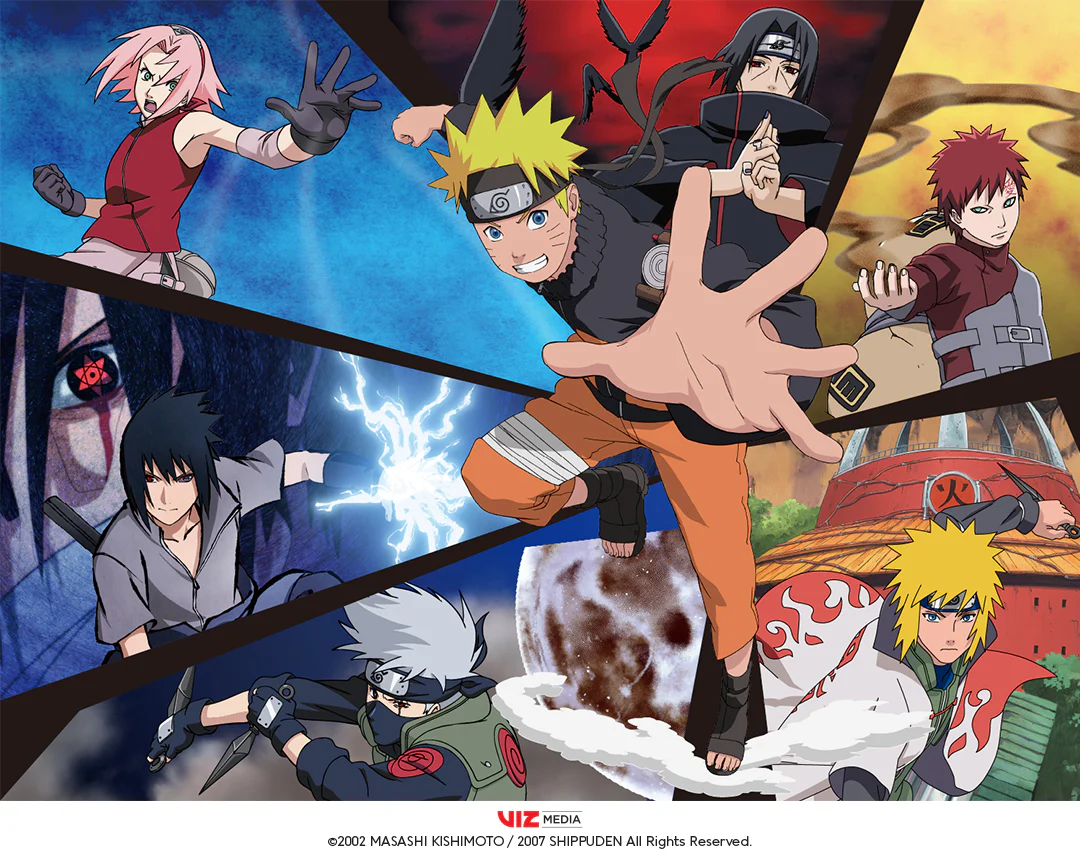
Contents
- 1 Naruto Shippuden
- 1.1 Synopsis
- 1.2 Origin and Creation
- 1.3 Story Evolution and New Chapters
- 1.4 Main Characters and Their Stories
- 1.5 Legacy of Naruto
- 1.6 Naruto Specials, Updates, and Reprints
- 1.7 What’s Coming Next
- 1.8 Where to Watch
- 1.9 Naruto Quick FAQ
- 1.10 Additional Questions to Add for More Depth and Engagement
- 1.11 Naruto Merchandise
- 1.12 Deep Dive into Naruto’s Fan Theories: The Itachi-Kimimaro Indra-Asura Transmigration Hypothesis and Orochimaru’s True Power
- 1.13 Fan Theories & Discussions: The Itachi-Kimimaro Indra-Asura Transmigration Hypothesis and Orochimaru’s True Power
- 1.14 The Premise: Reincarnations Carry Innate Power and Wisdom
- 1.15 Why Early Mastery Points to a Past Life
- 1.16 The Illness and Soul Transfer: A Mysterious Decline
- 1.17 Personality Alignment and Destiny: Why It Fits Itachi and Kimimaro
- 1.18 Manga Evidence and Manga-Panel References
- 1.19 Provoking Fan Debates: What-Ifs and Ongoing Discussions
- 1.20 The Orochimaru Immortality and Power Theory: A Shadowed God in Hiding
- 2 0 Comments
Naruto Shippuden
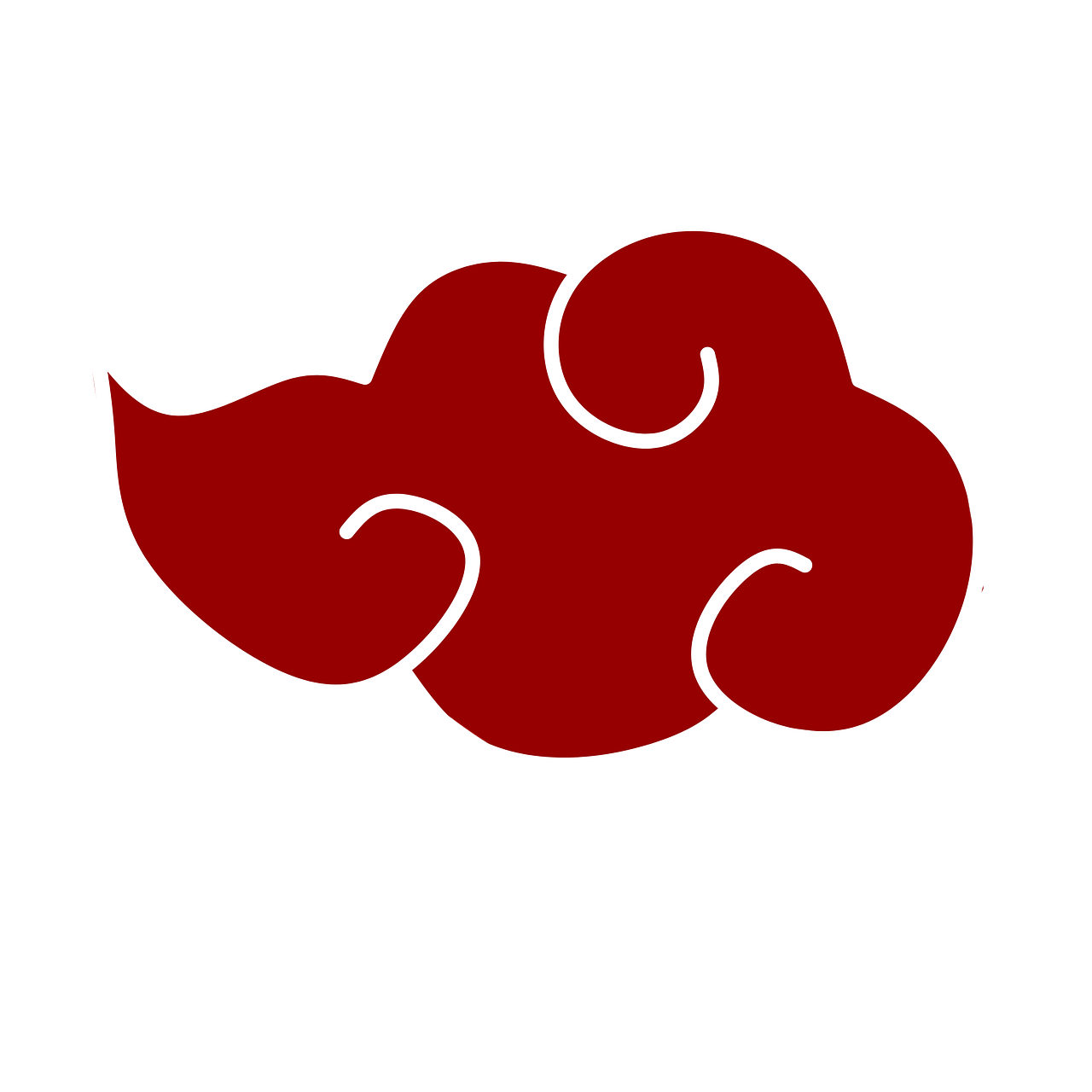
Synopsis
Naruto is a landmark anime and manga series that has inspired millions worldwide with its heartfelt story of perseverance, friendship, and self-discovery. It follows Naruto Uzumaki, a young ninja striving to gain acceptance and become the leader of his village against all odds.
Origin and Creation
Created by Masashi Kishimoto, the iconic manga debuted in Weekly Shōnen Jump in 1999 and ran until 2014, spanning 72 volumes. The anime adaptation, produced by Studio Pierrot, aired starting in 2002 and quickly gained worldwide popularity, cementing its place as a fan favorite.
Story Evolution and New Chapters
After the original series ended, the story continued with Naruto Shippuden, showcasing Naruto’s growth into a powerful ninja confronting greater threats. The saga now extends into Boruto: Naruto Next Generations, following the next generation led by Naruto’s son, Boruto.
Origin and Creation
Created by Masashi Kishimoto, this iconic manga debuted in Weekly Shōnen Jump in 1999 and ran until 2014, spanning 72 volumes. The anime adaptation, produced by Studio Pierrot, aired in 2002 and quickly gained worldwide popularity.
(If you also enjoy long-running classics, check our Hunter x Hunter specials and updates).
Main Characters and Their Stories
Naruto Uzumaki
The protagonist, an orphan ostracized for having the Nine-Tails Fox sealed inside him. Naruto’s dream is to become Hokage, the leader of his village, and gain the villagers’ respect. His optimism and persistence inspire allies and even change the hearts of his enemies, making him the emotional core of the series.
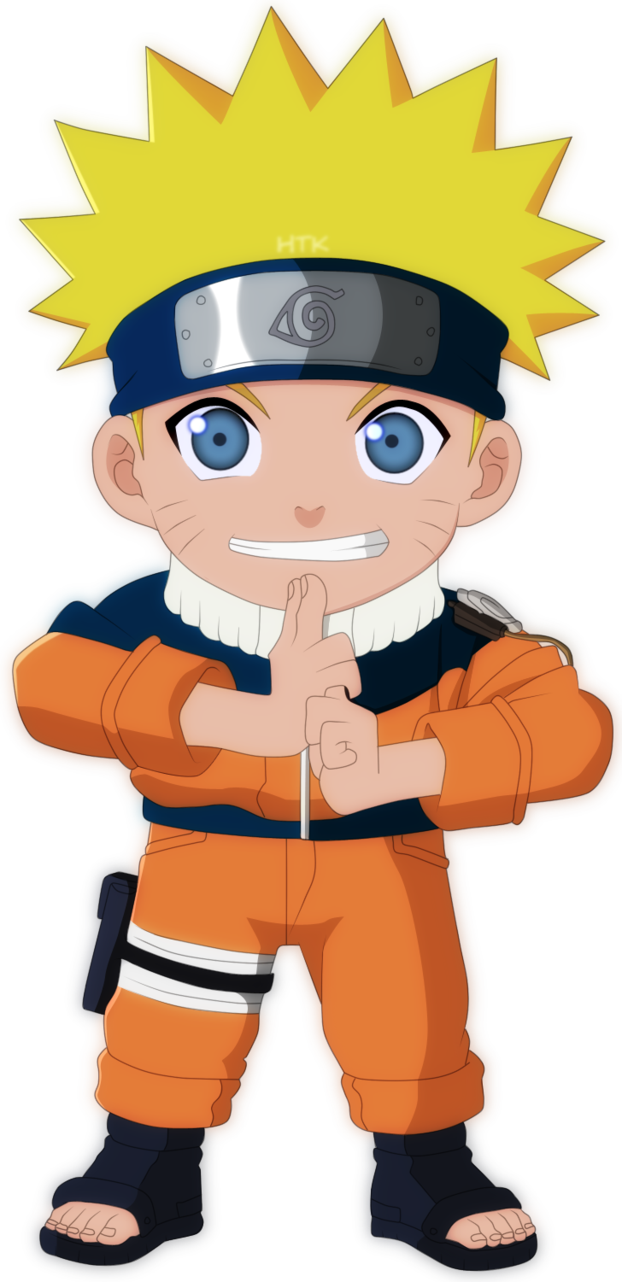
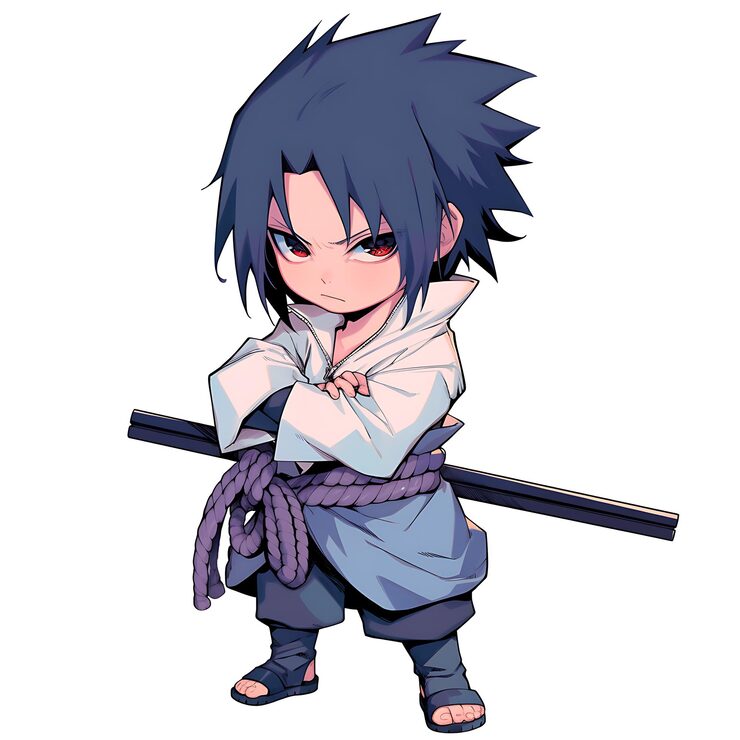
Sasuke Uchiha
Naruto’s rival and friend, driven by the desire to avenge his clan’s destruction. His complex journey takes him between darkness and redemption. Along the way, his mastery of the Sharingan and pursuit of power test his bonds but also shape his eventual role in protecting the village.
Sakura Haruno
A skilled kunoichi who starts as part of Naruto’s team. Over time, she grows into a strong healer and warrior, balancing her personal feelings with her duty as a ninja. Under Tsunade’s guidance, she develops immense strength and medical expertise, becoming a vital pillar of Team 7.
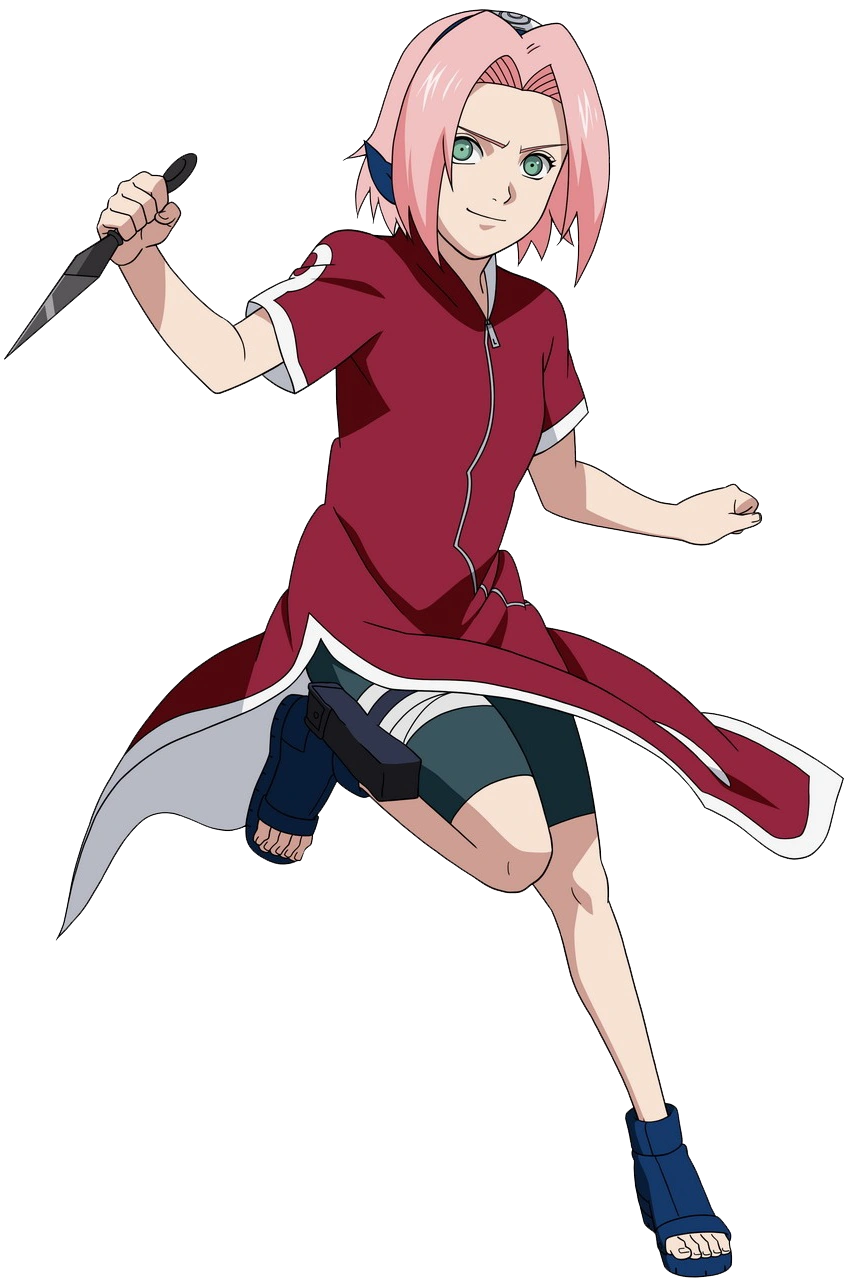
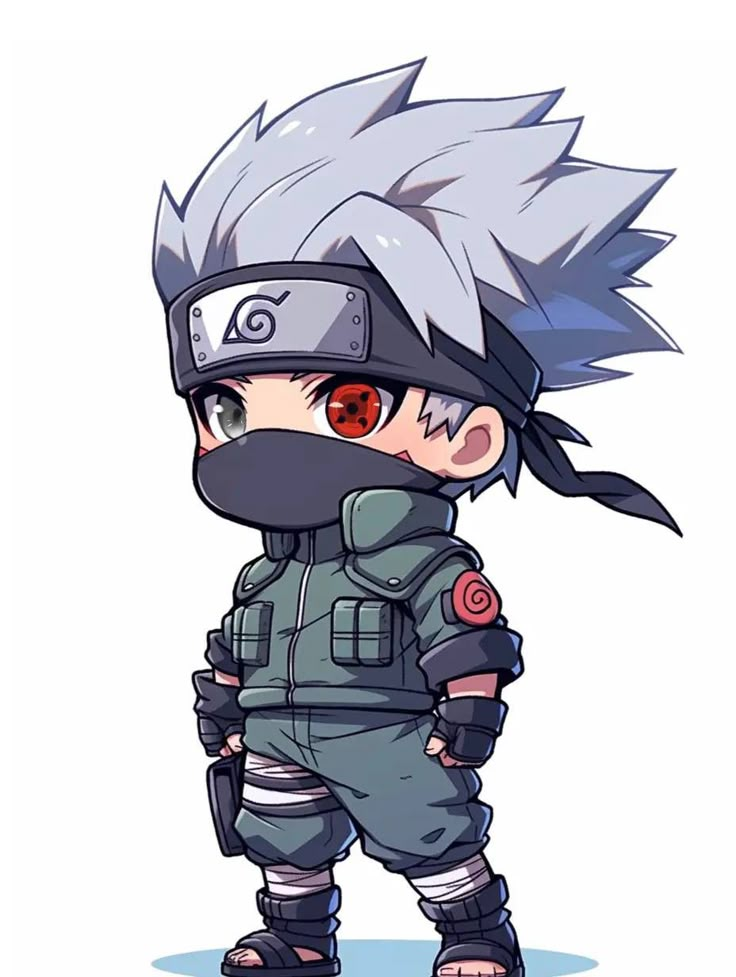
Kakashi Hatake
The laid-back yet brilliant mentor of Team 7, known for his Sharingan eye and deep sense of loyalty to his students. His calm leadership and battle experience guide Naruto, Sasuke, and Sakura through their toughest trials. Despite his reserved nature, he values teamwork and ultimately becomes a model of what a Hokage should be.
Tsunade
The Fifth Hokage and another of the Sannin, Tsunade combines monstrous strength with top-tier medical ninjutsu. She modernizes Konoha’s medical corps and pushes battlefield triage standards. Beneath the tough exterior, she carries deep losses—yet chooses leadership and hope.
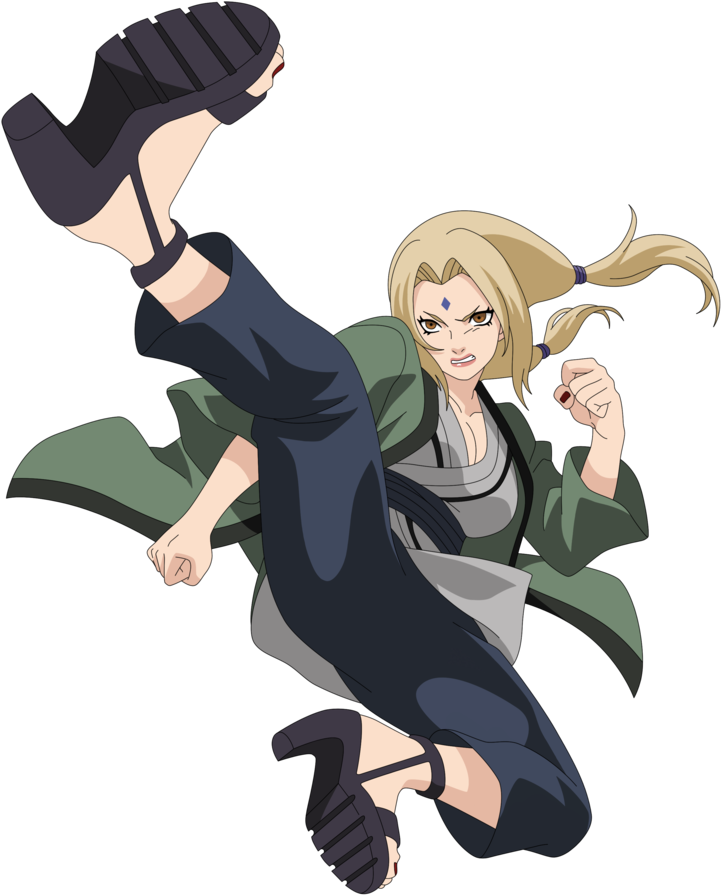
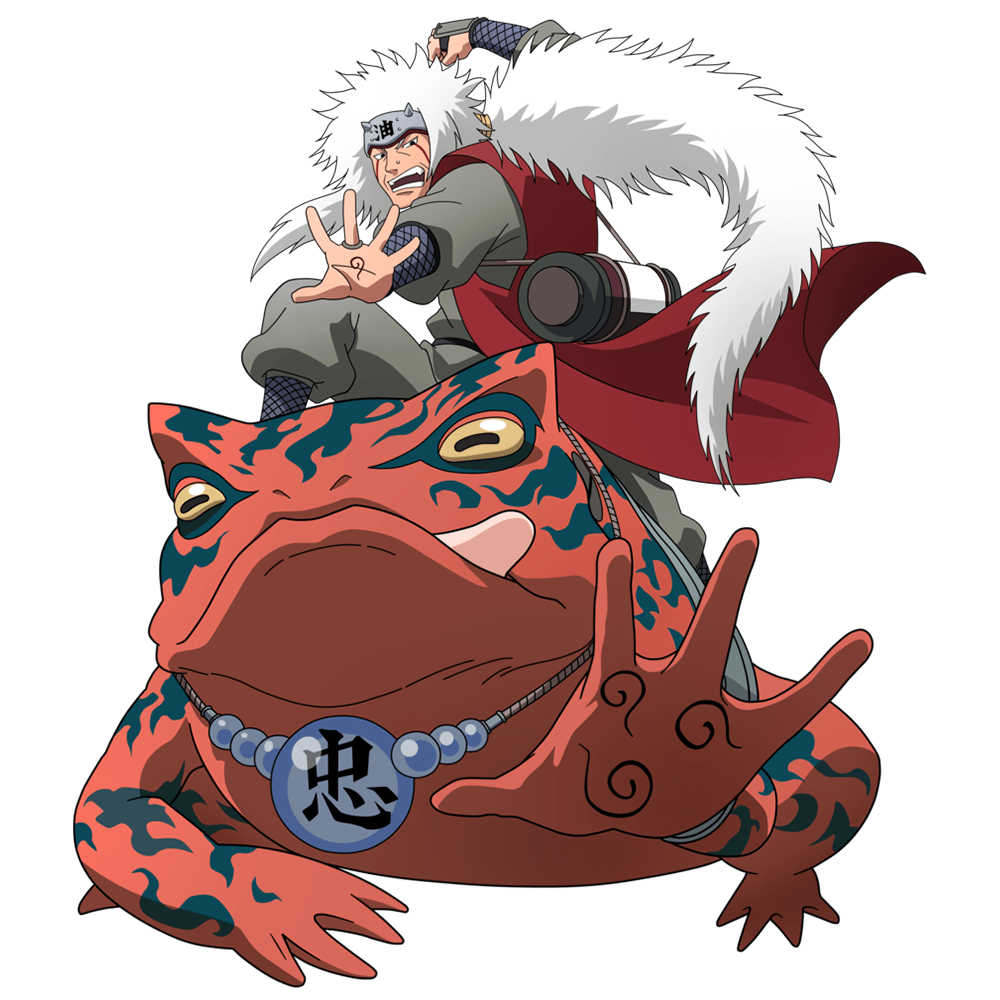
Jiraiya
A legendary Sannin, Jiraiya mentors Naruto in chakra control, Rasengan, and the ideals of a true shinobi. He balances goofiness with razor-sharp insight, often masking hard truths behind humor. His final mission against Pain cements his role as the teacher whose will lights Naruto’s path.
Gaara
Once a feared Jinchūriki defined by isolation, Gaara transforms into the compassionate Kazekage of Sunagakure. His sand manipulation offers both perfect defense and overwhelming offense. Naruto’s influence helps him reframe power as protection, not fear.
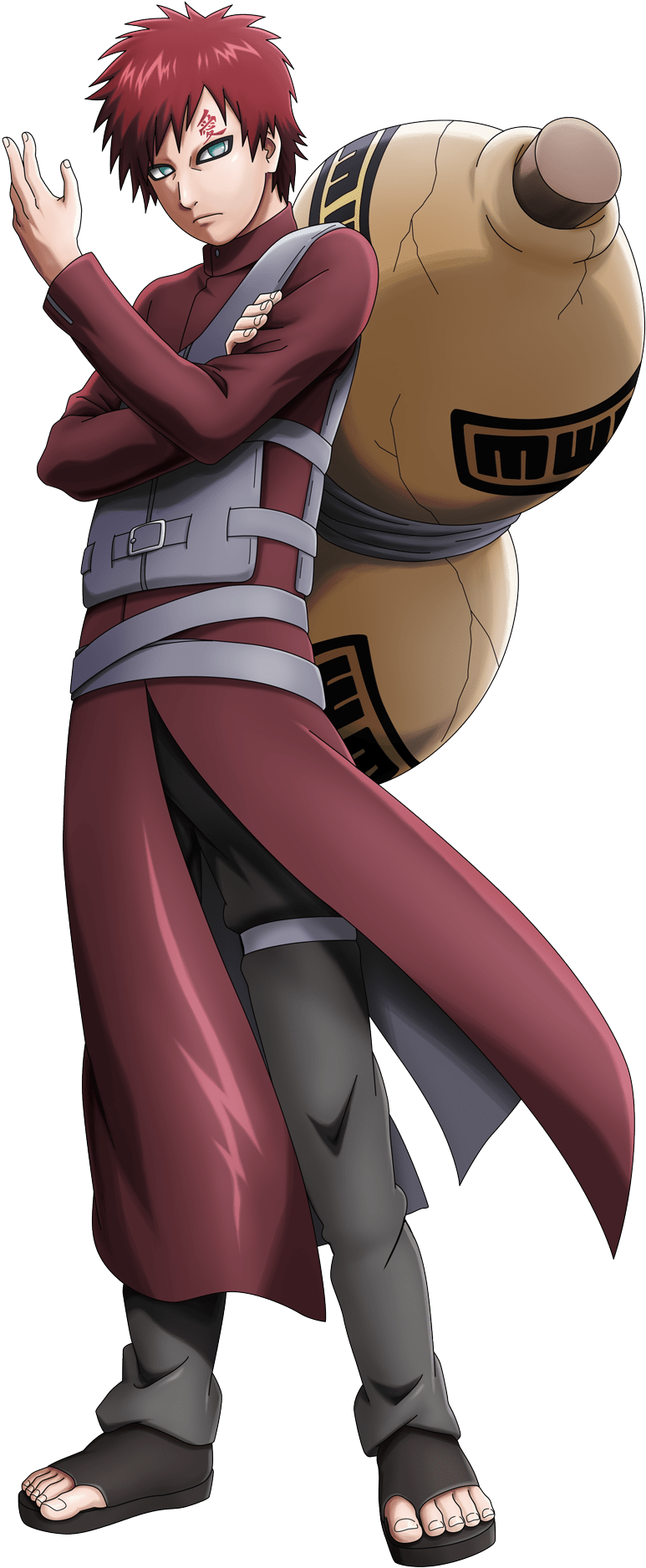
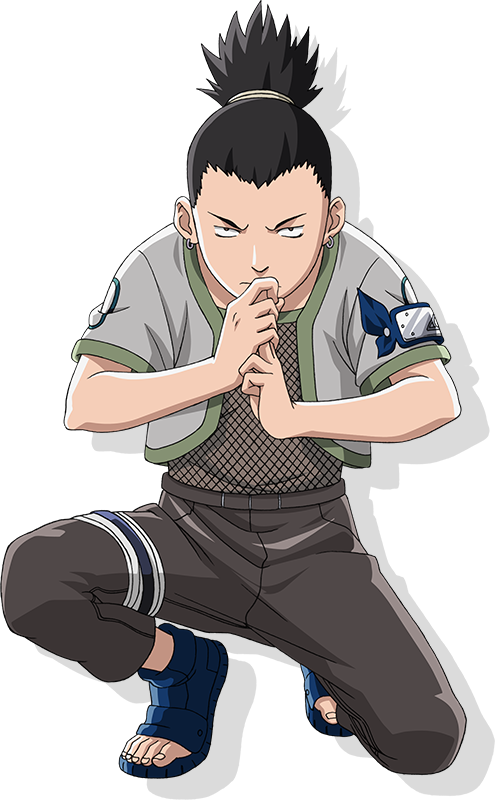
Shikamaru Nara
A tactical prodigy who prefers an “easy life,” Shikamaru becomes Konoha’s master strategist. His Shadow Possession jutsu shines most when paired with clever traps and misdirection. He grows from reluctant participant to dependable commander who turns the tide with planning, not brute force.
Pain (Nagato)
Operating through the Six Paths of Pain, Nagato seeks “peace through pain” after a life of war-torn trauma. His philosophy forces Naruto—and the world—to confront the cycle of hatred head-on. The arc reveals a tragic idealist whose methods clash with his original hope.
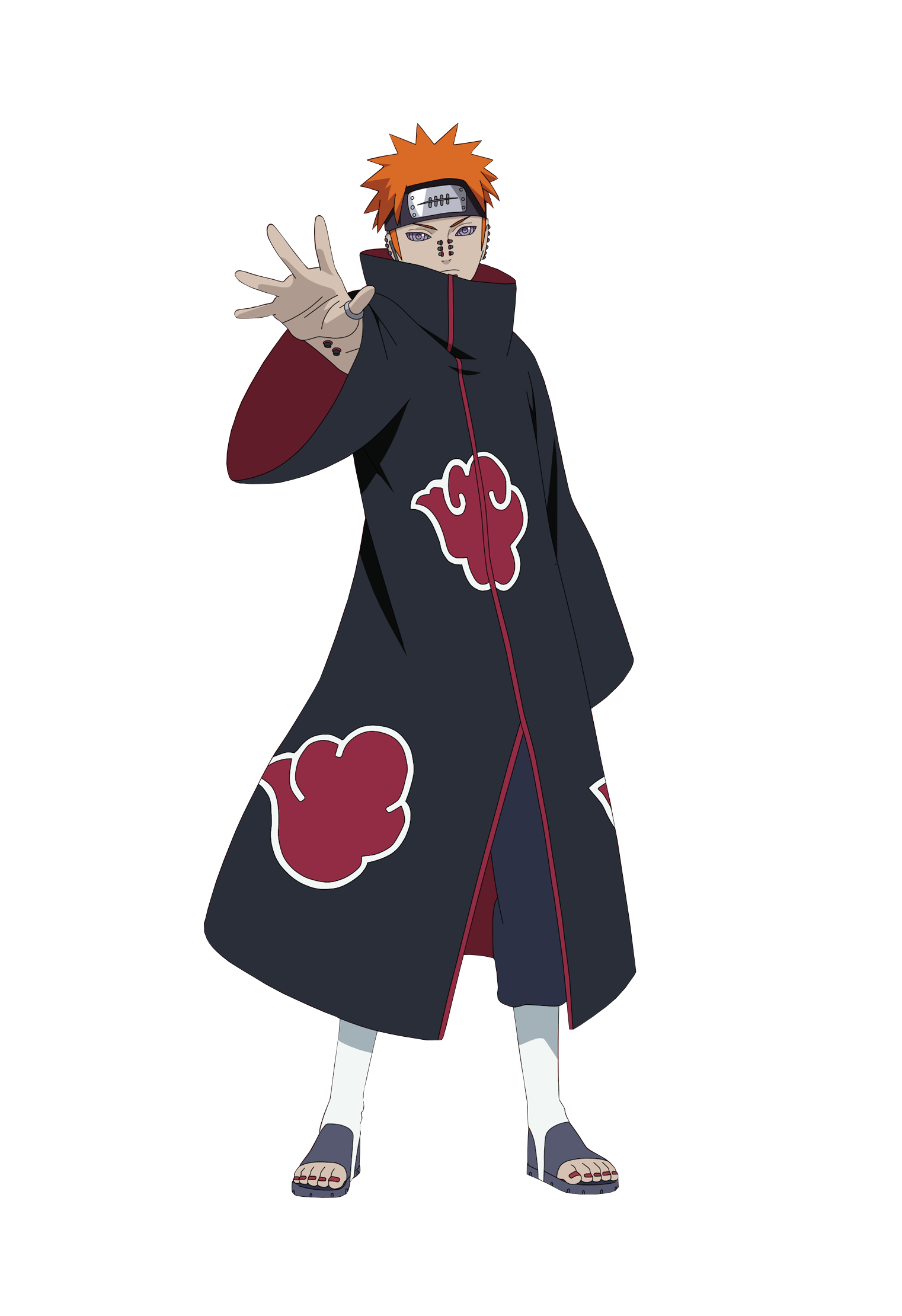
Legacy of Naruto
With over 250 million manga copies sold and countless anime episodes aired, Naruto has become more than just a story — it’s a cultural icon. Its themes of never giving up and finding your own path continue to inspire fans around the world.
Naruto Specials, Updates, and Reprints
Latest Releases
Four brand-new Naruto special episodes are scheduled for release by March 2025, created to celebrate the franchise’s 20th anniversary. These specials will revisit iconic moments while adding fresh scenes that highlight Naruto’s legacy. Fans worldwide are eager to see how Studio Pierrot and Shueisha honor the story that defined a generation.
✨ This anniversary is more than just nostalgia — it’s a reminder of Naruto’s ongoing cultural impact, even years after its original conclusion.
See Naruto official News
What’s Coming Next
While the 2025 specials are confirmed, additional projects are still under wraps. TV Tokyo and Studio Pierrot have hinted at “more surprises,” sparking speculation among fans. Some believe we could see side stories focusing on underrated characters, or even reanimated arcs with modern production quality.
🕒 As of now, no official announcements have been made beyond the four specials. Keep an eye on trusted anime news outlets and TV Tokyo’s official releases for updates.
Follow Masashi’s updates directly
Where to Watch
-
Netflix — Naruto (original series) is streaming in multiple regions, though availability may vary depending on your location.
Naruto/Netflix -
Crunchyroll — Hosts Naruto, Naruto Shippuden, and Boruto: Naruto Next Generations, with both subs and dubs available in select countries.
Naruto/Crunchyroll
⚠️ Disclaimer: Availability differs by country. Always confirm on the official streaming platform in your region to ensure access.
Naruto Quick FAQ
Where can I watch Naruto?
Streaming availability varies widely by region. Crunchyroll generally offers full catalogs, while Netflix and Hulu provide regional selections. Some areas may have access through Disney+ or Amazon Prime.
How many episodes are there in total?
Combined, the original anime and sequel contain 720 main episodes, excluding movies and filler arcs, expanding the world through numerous cinematic and side stories.
Should I watch the original before the sequel?
Yes. The original series establishes crucial characters, conflicts, and motivations needed to understand Shippuden’s deeper arcs.
Can I skip filler episodes?
Most fillers do not advance the manga plot but provide character moments or fun stories. Filler guides help viewers prioritize the core canon arcs.
How does Boruto fit in?
Boruto: Naruto Next Generations is the official sequel to Naruto Shippuden and follows the new generation of shinobi in Konohagakure, primarily centered on Boruto Uzumaki, Naruto’s son. The series explores contemporary conflicts involving the legacy of the previous generation, technological advances, and mysterious new threats. Boruto appeals both to longtime fans eager to see beloved characters’ futures and new viewers interested in contemporary ninja stories.
What makes Naruto so popular?
Naruto’s immense popularity stems from its compelling blend of deep character growth, emotional storytelling, and high-stakes battles. Themes of perseverance, friendship, and self-discovery resonate universally, while its detailed world-building—existing clans, jutsu classifications, and village politics—crafts a believable and immersive ninja universe. The evolving rivalries, like Naruto versus Sasuke, provide complex narratives that keep fans invested over hundreds of episodes.
What’s the best viewing order?
For new viewers, the recommended order is to watch Naruto first, then proceed to Naruto Shippuden, followed by Boruto. While the movies mostly serve as standalone side stories, they can be watched after the corresponding arcs for additional context and entertainment. This order ensures clarity in the story’s progression and character arcs, while allowing fans to appreciate each series’ tone and development fully.
Are there new specials or re-releases?
Yes. Special episodes, remastered editions, and anniversary projects frequently appear to celebrate Naruto’s legacy. These include high-definition remasters, recap episodes, and new original animations that produce nostalgic value and fresh content for fans. Checking official announcements and your favorite streaming platform’s Naruto section will help you stay updated on these releases.
Additional Questions to Add for More Depth and Engagement
What are some must-watch Naruto movies?
Key movies like Naruto the Movie: Ninja Clash in the Land of Snow, Naruto Shippuden the Movie, and The Last: Naruto the Movie are fan favorites that add depth to the story and characters. The Last is particularly important as it ties into the end of the main storyline and bridges to Boruto.
Which Naruto characters have the most complex development?
Characters like Sasuke Uchiha, Kakashi Hatake, and even antagonists like Orochimaru and Pain (Nagato) are praised for layered development. Sasuke’s redemption arc and Kakashi’s mentorship deepen the narrative, while Pain’s motivations introduce philosophical questions about pain and peace.
What are the main types of jutsu?
Naruto features three main jutsu types: Ninjutsu (ninja techniques such as elemental attacks), Genjutsu (illusion techniques), and Taijutsu (hand-to-hand combat). Understanding these helps new fans appreciate the strategic diversity showcased in battles.
How does Naruto’s story compare with Boruto?
Boruto expands the universe with new technologies and themes, addressing modern challenges faced by young ninja. Though it retains familiar characters, Boruto explores new generations’ struggles distinct from Naruto’s original journey.
Is watching in Japanese with subtitles better than dubbed?
Many fans prefer the original Japanese audio for authenticity and voice acting nuance, while dubs offer accessibility for new audiences. Streaming services often provide both options, letting viewers choose.
Naruto Merchandise
Naruto’s merchandise has played a significant role in its global popularity, ranging from action figures, apparel, and collectibles to video games and themed accessories. Official merchandise is often released in sync with anime milestones or new manga chapters, keeping fans engaged and connected to the series. Popular collectibles include Naruto and Sasuke figures, ninja headbands, and limited-edition art books. Major retailers and specialty anime shops worldwide offer Naruto-themed products, fueling the fandom’s passion.

Deep Dive into Naruto’s Fan Theories: The Itachi-Kimimaro Indra-Asura Transmigration Hypothesis and Orochimaru’s True Power
Naruto’s rich lore and complex characters have inspired countless fan theories that go beyond the official narrative, blending manga insights, character behavior analysis, and creative speculation. These theories often challenge canonical events or offer new perspectives on well-known characters, stimulating passionate debate and vibrant fan engagement.
Fan Theories & Discussions: The Itachi-Kimimaro Indra-Asura Transmigration Hypothesis and Orochimaru’s True Power
Invertigators of the Naruto universe have proposed intriguing theories, such as Itachi Uchiha and Kimimaro being reincarnations of Indra and Asura—the primordial warriors who shaped the ninja world’s history. This theory springs from their remarkable prodigiousness at a young age, mysterious illnesses, and personality traits aligning closely with these legendary figures.
Similarly, Orochimaru’s supposed frailty belies a hidden wellspring of power; fans argue his immortality and acquired kekkei genkai render him ever-powerful, potentially stronger than ever before. These interpretations provoke passionate debate, enriching the fandom’s engagement and depth.
The Premise: Reincarnations Carry Innate Power and Wisdom
The core idea behind the transmigration theory is that reincarnated souls retain a fragment of their past lives’ abilities and wisdom. Fans point to Naruto’s own lore about Indra and Asura—the sons of the Sage of Six Paths—who embodied conflicting principles of power and love, chaos and peace. These primordial souls allegedly continue to reincarnate through generations of shinobi, influencing the world’s fate.
What makes Itachi and Kimimaro candidates for original transmigrants? It’s their extraordinary talents, which surpass even those of their peers by significant margins at shockingly young ages. Itachi could make decisions with the strategic brilliance of a Hokage as a mere seven-year-old, a feat that none of the other children in the village—or even many adult ninja—could match. Kimimaro’s physical prowess and loyalty to Orochimaru mark him as another outlier, seemingly endowed with more than natural talent alone.
Why Early Mastery Points to a Past Life
Fans argue that such exceptional maturity and mastery in childhood cannot be explained by genetics or training alone. For instance, Itachi was noted to require almost no formal training to excel and was tasked with highly sensitive missions reserved for seasoned shinobi. His superhuman stamina and ability to match up against fully grown, powerful adversaries like Kabuto and Naruto hint at an inner reserve of strength, possibly inherited from a previous incarnation.
Similarly, Kimimaro’s status as Orochimaru’s prized warrior, even while succumbing to a fatal illness, speaks to an innate, transcendent power. His body’s strength and rapid ascent contrast sharply with the more ordinary progression of most ninja his age.
The Illness and Soul Transfer: A Mysterious Decline
One of the most intriguing aspects fueling the theory is the simultaneous decline of both Itachi and Kimimaro through mysterious illnesses that severely limited their capacities. Fans speculate this isn’t mere coincidence but linked to a metaphysical transference—the “soul fragments” or transmigratory essence of Indra and Asura leaving these original vessels to inhabit Sasuke and Naruto.
This idea is reinforced by Itachi’s repeated use of the powerful genjutsu Tsukuyomi on Sasuke, which fans propose wasn’t simply an attack but a process of spirit manipulation aimed at passing power and wisdom. The illnesses signify the price paid by the original hosts, whose strength fades as the reincarnations awaken their potential.
Personality Alignment and Destiny: Why It Fits Itachi and Kimimaro
Another strong thread in the theory is how the personalities of Itachi and Kimimaro align with their supposed spiritual predecessors.
-
Itachi and Indra: Indra was known for his pride, independence, and burdened genius—the exact traits Itachi exhibits, from his stoic detachment to his painful sacrifices. Fans note Itachi’s awareness of Indra’s “flaws” and his recognition that his path involved repression and loneliness, mirroring the legacy of Indra’s conflict with Asura.
-
Kimimaro and Asura: In contrast, Kimimaro’s unwavering loyalty, his search for purpose through Orochimaru, and his formidable physical capabilities resonate with Asura’s emphasis on love, connection, and raw power.
The transfer of the Indra and Asura souls to Sasuke and Naruto, respectively, aligns with the younger duo’s distinct personality and rapid growth following the decline of their predecessors, supporting fans’ ideas of destiny reshaped through reincarnation.
Manga Evidence and Manga-Panel References
This theory is bolstered by key moments in the manga such as:
-
Itachi’s unusual trust from elders despite his youth, exemplified in panels where Hiruzen praises his judgment.
-
Instances showing Itachi’s superhuman stamina and mastery of Mangekyo Sharingan techniques at a young age, such as the use of Amaterasu and multiple Tsukuyomi applications.
-
Kimimaro’s battle scenes and Kabuto’s remarks affirming Kimimaro’s overwhelming strength despite his illness.
Fans also cite moments where Itachi hints at surpassing the typical Uchiha limits and reveals awareness of his greater role beyond his clan’s expectations.
Provoking Fan Debates: What-Ifs and Ongoing Discussions
This intricate theory sparks lively discussions among fans regarding:
-
The spiritual mechanics of transmigration in Naruto: can power and personality truly transfer through genjutsu?
-
How this theory explains previously unexplained inconsistencies in power development observed in the timeline.
-
The emotional and moral implications of such a soul transfer, especially considering Itachi’s and Kimimaro’s tragic fates.
-
The possibility that the younger generation’s accelerated power growth is a direct consequence of receiving these primordial souls.
The Orochimaru Immortality and Power Theory: A Shadowed God in Hiding
Similarly, another compelling fan theory focuses on Orochimaru’s survival, strength, and hidden potential. While often portrayed as old or frail, avid fans argue that his immortality and ability to regenerate from Hashirama’s cells make him a perpetually prime combatant, possibly stronger than the Sannin’s previous peak.
They point to moments where Orochimaru dominates even the most powerful ninjas with ease. His assimilation of Kabuto’s enhanced abilities—kenjutsu, Sage Mode, multiple kekkei genkai—is seen not as a weakness but as an evolution that places him among the strongest characters.
Discussions also delve into whether Orochimaru’s true motivations involve a quest for godlike authority or deeper scientific obsession, making him a wild card with power and knowledge rivaling or perhaps exceeding that of Naruto and Sasuke.
Do you have your own theory or opinion on these compelling questions? Join the conversation and share your insights below!
Let’s Start Talking!
Reading this blog has changed my life. There is so much amazing information about content marketing and business. It has helped me reach all my business and entrepreneurial goals.

0 Comments